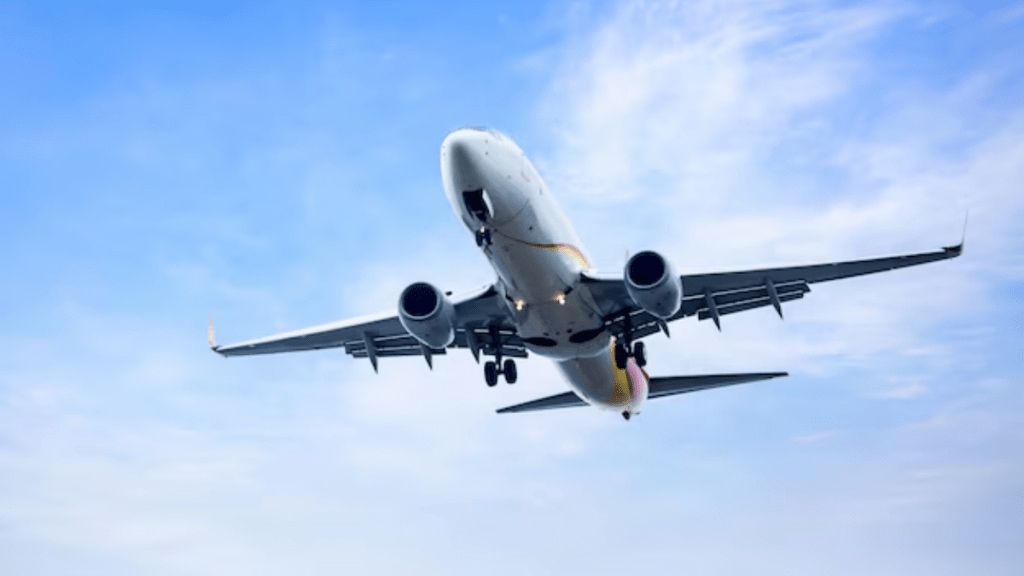The Directorate General of Civil Aviation (DGCA) is set to introduce streamlined regulations for the wet-leasing of aircraft by Indian airlines, aimed at enhancing oversight and facilitating growth in the aviation sector. With rising travel demand and persistent supply chain challenges delaying aircraft deliveries, airlines are increasingly turning to both dry and wet leases to expand their fleets, reports PTI.
A senior official shared with PTI that efforts are underway to simplify and regulate wet leasing to better support the industry’s growth, especially given the realities of engine problems and the expansion of available flight routes.
Wet-Leasing vs. Dry-Leasing: Key Differences
Wet-leasing involves leasing foreign aircraft along with the crew, maintenance, and insurance, with the operational control remaining with the foreign lessor. In contrast, dry-leasing only involves the leasing of the aircraft, with the airline assuming full responsibility for operations, including crew and maintenance.
Currently, Indian carriers like IndiGo and SpiceJet use wet-leased planes, while Air India operates some dry-leased aircraft. Wet-leasing allows airlines to quickly scale operations while waiting for new deliveries, especially amid supply chain bottlenecks.
Regulatory Adjustments for Wet-Leasing
Presently, the DGCA does not have complete control over wet-leased aircraft, which complicates regulatory oversight. There are also restrictions on the wet-leasing of planes for new or additional routes. The upcoming changes will lift some of these restrictions, facilitating smoother operations for domestic airlines looking to lease foreign aircraft.
Under the new regulations, airlines will be required to submit all flight and maintenance records of wet-leased aircraft to the DGCA. Furthermore, while the crew of a wet-leased plane will largely consist of the airline’s own staff, pilots will come from a foreign entity, adhering to the regulations of the foreign civil aviation authority, including flight duty time limitations (FDTL).
Enhanced Safety Oversight with Revised Civil Aviation Requirements
In September 2023, the DGCA released a draft of revised Civil Aviation Requirements (CAR) for wet and damp lease operations. The new framework seeks to strengthen safety oversight, focusing on ensuring that wet-leased aircraft are sourced only from countries with a reliable safety oversight system.
One of the proposed changes mandates that aircraft can only be wet-leased from International Civil Aviation Organization (ICAO) contracting states with an average effective implementation score of 80 per cent or higher in key areas such as personnel licensing, airworthiness, and operations. This ensures that leased planes meet international safety standards.
Addressing Aircraft Groundings and Expanding Operations
Indian carriers, particularly IndiGo, have faced challenges with aircraft grounded due to engine issues, especially with Pratt & Whitney engines. The number of affected aircraft is slowly declining, but the ongoing engine problems highlight the need for alternative fleet options.
The DGCA’s efforts to streamline wet-leasing regulations aim to provide a viable solution for airlines to maintain operations while awaiting new aircraft deliveries. With demand for air travel soaring, these regulatory updates are expected to play a crucial role in supporting the expansion of India’s aviation sector.

